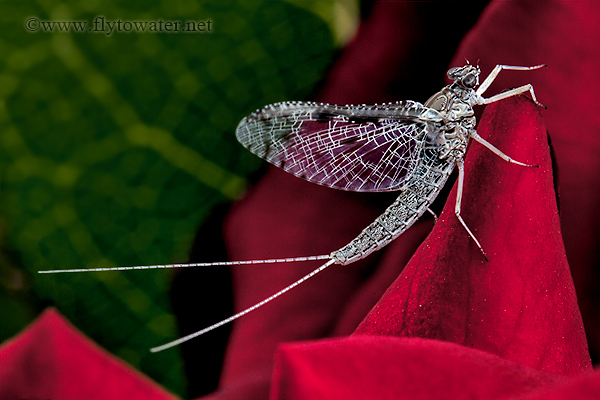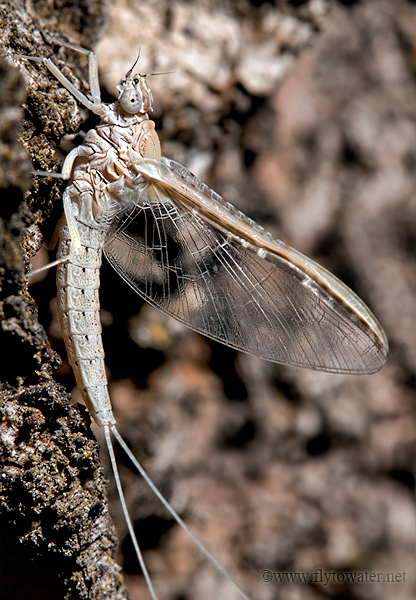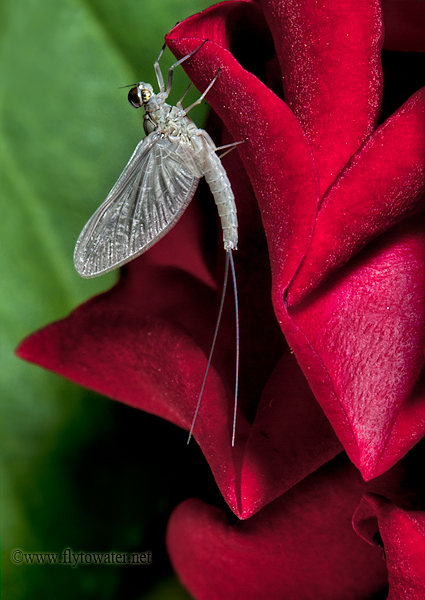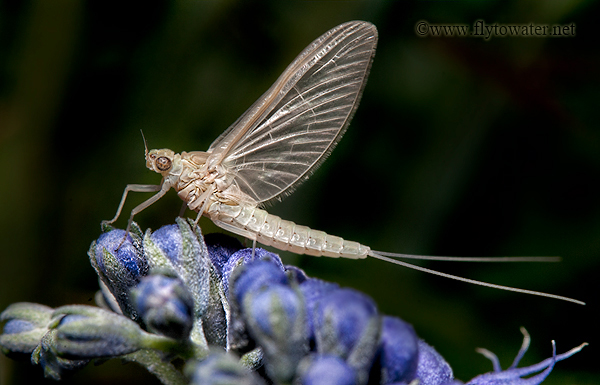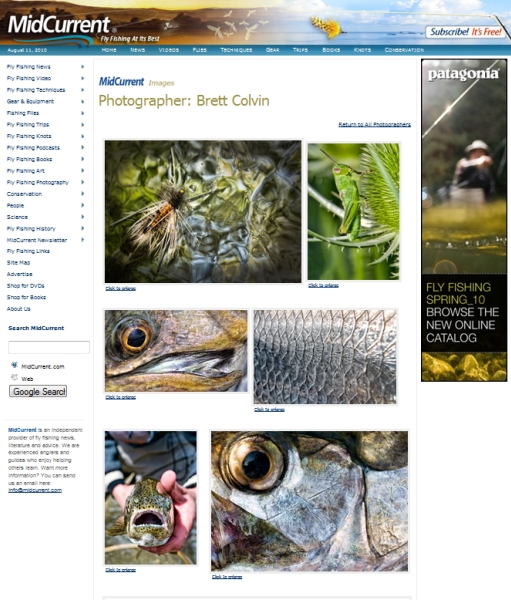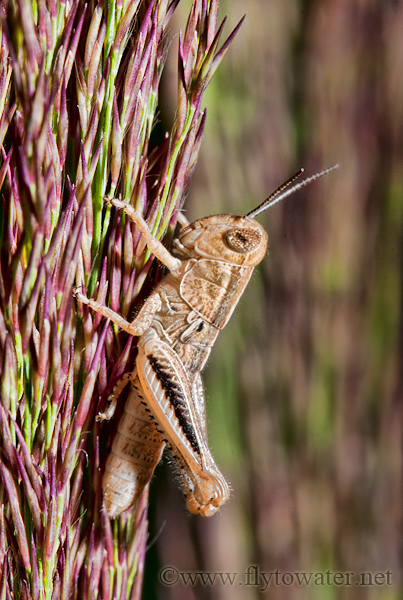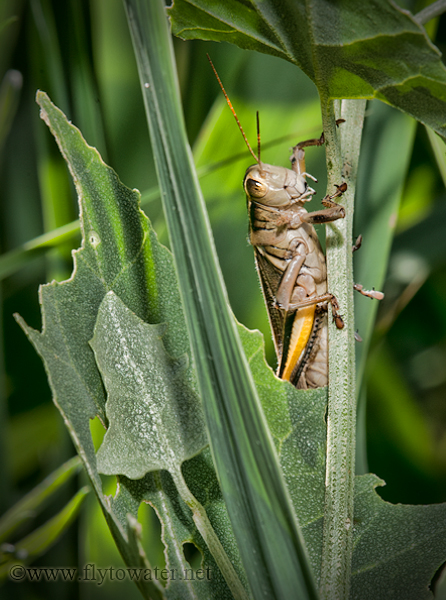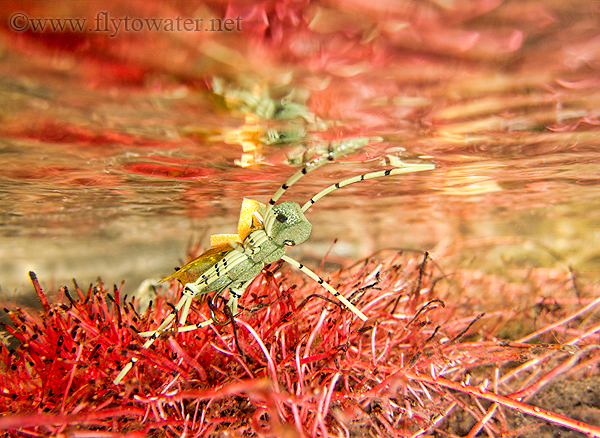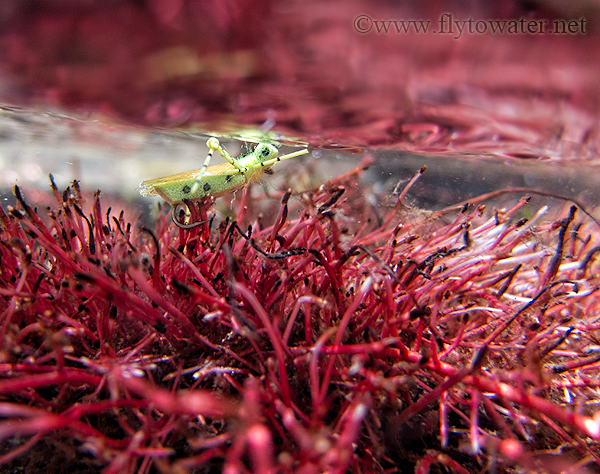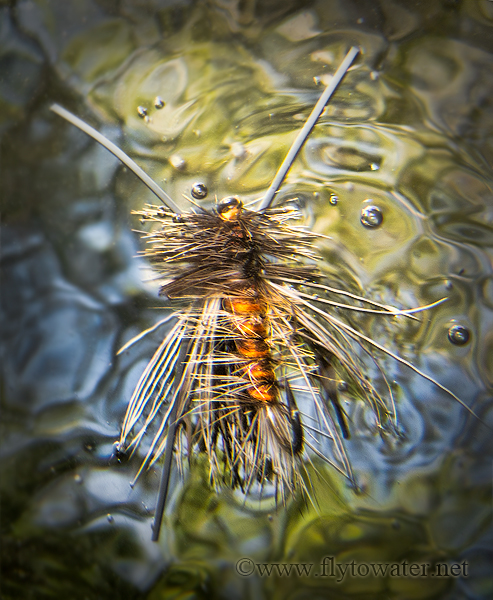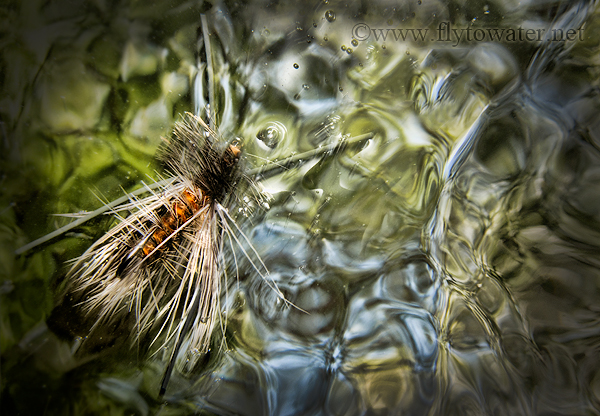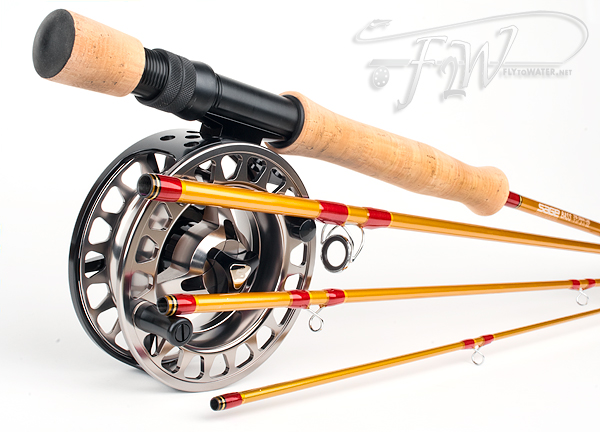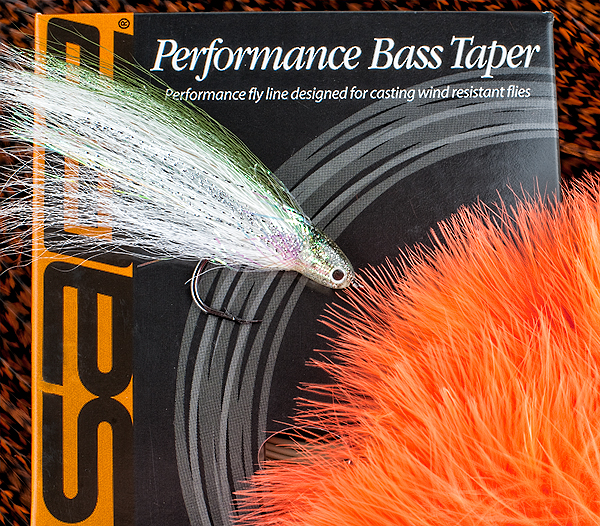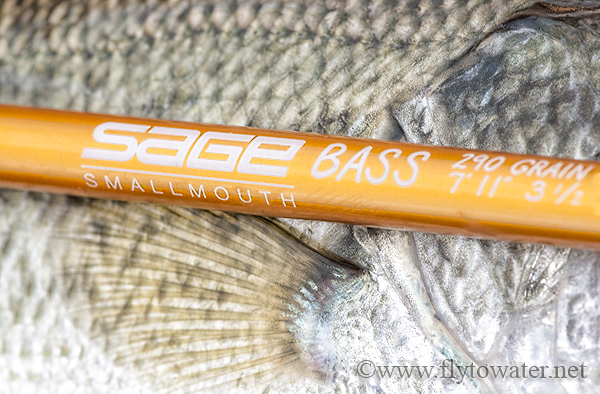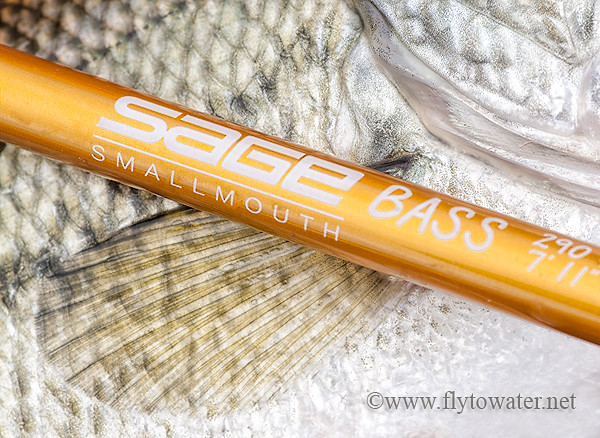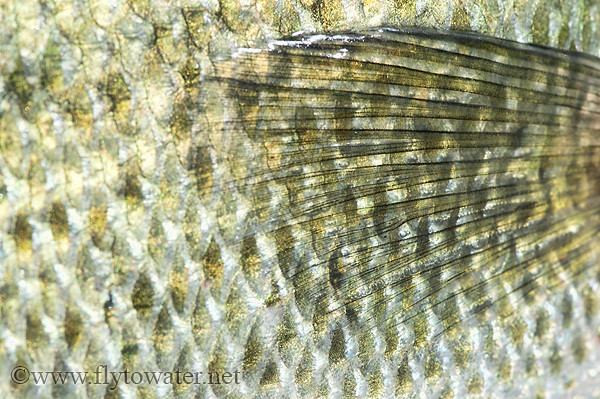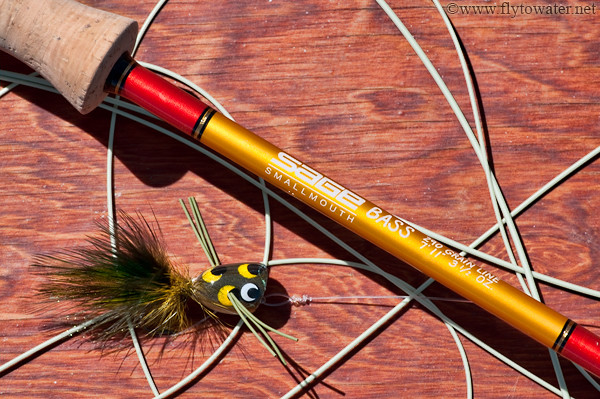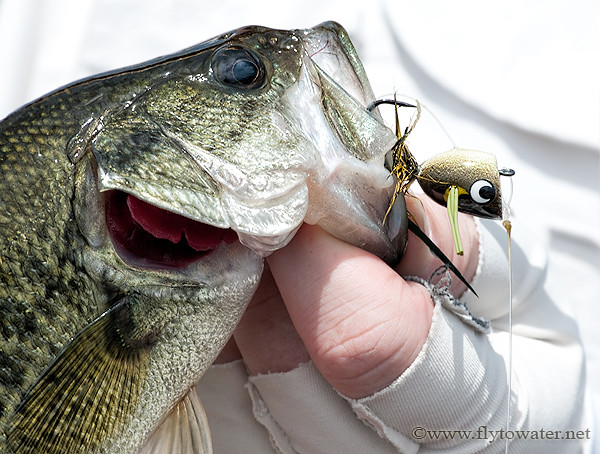Thursday, September 9, 2010
Greek, Latin, and Mayflies
What we do know is that Order Ephemeroptera is used by scientists to refer to mayflies (presumably because adults are short-lived), and that Greece is bankrupt due to poor toga sales and obfuscation.
However you refer to them, mayflies fascinate fly fishermen (LintFlickus Hookibilis - From Latin, literally meaning "Hooks himself with lint").
Anglers have limited numbers of brain cells by adulthood. Many can attribute this to the cerebral pickling effect of 18-year LAPHROAIG, while others may not have had substantive numbers at birth. Either way, the considerable mental horsepower given to mayflies is noteworthy. For example, when we see a member of Order Diptera, Family Chironomidae floating down the river, the angler may casually refer to the insect as a "midge."
By contrast, when seeing a speckled mayfly on the water, a field identification of "callibaeits" will invariably be used. True, we sometimes cheat and shorten terms like Hexagenia to "Hex" but everyone knows what is implied: If you can't say something smart, say it in Latin.
The mayfly may actually be the "fly" in fly fishing. After all, one of the earliest references to fly fishing (circa 200 AD by Ælian) describes what many believe to be dun imitations.
Hopefully there's a hatch coming to a water near you.
Wednesday, August 11, 2010
Midcurrent³
I have really enjoyed the addition of dedicated sections for featured fly fishing artists and photographers. If you haven't dropped in for a while, definitely check out:
THE ARTIST GALLERY
THE PHOTOGRAPHER GALLERY
I'm honored to have been featured for the 3rd time this week for some of my recent images dealing with summer fly fishing. Clicking on the image below will take you to the updated feature page.
Monday, August 9, 2010
The Hopper
O Hopper my Hopper! Our fishing trip is done,
The line has weathered every cast, the prize we sought is won,
The stream is near, the gurgle I hear, the terrestrials are raging,
With watery eyes the trout apprise, the hopper grim and daring;
But O hop! Hop! Hop!
O the deer hair bullet head,
Where on the current my hopper lies,
Drifting foam and thread.
Why did Whitman avoid the topic of hoppers? It's hard to say. Historians all agree that he was part of the Transcendentalist movement. As everyone knows, this was the idea that fishermen could transcend (rise above) bait and use artificial flies instead.
This in turn gave way to Realism, which was a period where fly tiers spent copious amounts of time making their flies look as real as possible. Beginning in 1865, Realism essentially ended in 1910, although no one informed Graham F. Owen. Residing in Burbank, California, Graham guffaws at historians and continues to tie flies so realistic that several reasonably intelligent movie producers have mistaken them for actual insects. Many of his life-like creations have taken since 1892 to complete, making them contemporaries of Whitman himself.
Realism eventually gave way to Naturalism. This was a time characterized by the more unpleasant and even shocking aspects of fly fishing. Patterns took on an impressionistic look and the hopper, while not embraced, became increasingly common. Naturalism was more of a movement than a formalized period, but was also closely linked to Determinism - wherein man's life came to be dominated by hatches beyond his control and the biological instinct to prefer dry flies over nymphs.
Regardless of the reasons that hoppers were once taboo, society has progressed to a certain extent. Sure, there are still anglers who will only publicly admit to throwing flies the size of dinoflaggelate algae. During the summer months however, even the most haughty of purists will conjure a gluttonous stash of gigantic hopper patterns at the first sound of a splash.
Happy Hoppertime!
Friday, July 23, 2010
Trout's Eye View
Oh, sure, there are some technical challenges but who doesn't love a good case of galloping trapezius spasms?
Friday, July 16, 2010
SAGE BASS +++
Go out and get yourself a Sage Bass rod.
You may reply (with the appropriate expression of trout snobbery):
"My good man, I do not like to fish for bass.
I do not have flies in my box...
The size and shape of a fox.
I do not chase bass here nor there,
I do not baitcast anywhere!
I will not throw a muskrat mouse,
There are no poppers in my house!
I do not chance to fish for bass,
Green big-mouths can kiss my @$$."
Well, GET ONE ANYWAY. You will take it on a train. You will carry it on a plane. You will pack it here and there. You'll end up casting it everywhere.
It has been a long time since a fly rod has put the type of smile on my face normally reserved for children under the age of 8 on Christmas morning.
Adjectives like fast, smooth, precise, powerful, accurate, or light weight tend to surface during most initial casting sessions, but rarely the type of spontaneous FUN that I experienced fishing the Sage Bass lineup.
There is something about a short (7'11") fly rod that was unexpected when coupled with a lot of backbone (the Smallmouth is probably best described as an 8/9wt, and the Largemouth is even more stout). I've fished plenty of short rods, but they tend to be delicate little 3-weight jobs designed to land spore-sized flies with nary a ripple on the pristine surface of a mountain stream.
The BASS series stands apart. These rods are at home flinging flies the size of a pygmy marmoset through the atmosphere and splashing them down with pinpoint accuracy on the exact lily pad that is covering a mouth cavernous enough to consume it.
If you are interested in the BASS sticks, you probably already know that much. There are plenty of reviews and videos provided by the retail industry that talk about the strengths of this rod family. They will all tell you that the length and taper produce accurate, short to medium length presentations with a minimum of false casting. It's all true.
Sage provides a nice package too, with an embroidered rod/reel case and a line that has been custom designed for the rod of your choice. When comparing prices, keep in mind you are getting a premium line and very nice combo tube as part of the deal.
The color scheme is eye catching too, and there is no mistaking the BASS lineup on the water.
Oh, and I almost forgot, you can catch bass with them too.
What you may not know is that despite the all-caps BASS insignia, this platform is really flexible and will surprise you with its non-bassy capabilities.
First of all, these rigs have leverage. If you are chasing anything where structure poses a problem, you'll dig these sticks. Among the applications where BASS rods are getting traction: Snook, baby tarpon in the mangroves, pike, muskie, salmon, and more. There is a lot of fighting and head-turning power in this kind of stump puller.
PLUS, they roll cast like CRAZY. There's a place I fish chironomid rigs for trout, with a 1" diameter slip indicator, droppers, and a long leader. The bank is very steep and back casts are Hell's own fun. The Smallmouth turns over the whole setup beautifully while maintaining respectable distance by taking advantage of the short rod's compact roll casting stroke.
The Sage
Support your local fly shop and pick one up at a Sage dealer near you, or check out RIVERBUM if online shopping is more your style.
Friday, June 25, 2010
A Vizsla by any Other Name
What most people don't know is that Clifford's appearance, attitude, and "Yes, this disaster happened but it's not my fault" approach to life is based on the Vizsla - a pointing dog breed of Hungarian descent that many (even within the dog-owning community) have never heard of.
In 2009, the Vizsla ranked 42nd on the AKC's list of popular breeds, below Red Blooded Coonhounds but well ahead of Bluetick Coonhounds (all of which blew the Chinese Shar-Pei out of the water at a disappointing 47th).
As a public service, I hereby offer up a short Q&A tutorial on the proper way to interact with the Vizsla, and the socially peculiar and idiosyncratic Vizsla Owner.
Q: I lost my copy of Hooked on Hungarian Phonics®, can you tell me how to pronounce the word "Vizsla"?
A: Certainly. The close proximity of the "Z" and the "S" will easily overwhelm the unprepared mind, so pay close attention. Misuse of the term will forever brand you as a blabbering ignoramus, while a crisp delivery is sure to elevate your social status immediately.
Correct: VEESH-Luh
Incorrect: VISH-Luh
Epic Fail: VIZZ-Luh
Q: What happens if I refer to a Vizsla as a "VISH-Luh" when addressing a member of this stately breed?
A: If you commit such a careless faux pas, the Vizsla will look upon you as an aberration of nature, having correctly identified you as an intellectual inferior.
Q: How will the Vizsla Owner react to a similar mispronunciation?
A: Imagine showing up to an exhibitionist dinner gala with a festering case of the crusted Norwegian scabies. No amount of salve after-the-fact will truly erase such a breach of social etiquette. Having slighted the entire Hungarian/Magyar heritage in this process, anyone within ear shot will thereafter snub your wretchedness.
Q: How do I avoid these potentially ruinous consequences?
A: Practice the correct pronunciation in private well in advance of contact with your Vizsla or Vizsla Owner. This will result in what scientists refer to as "tongue memory," which will help ensure a culturally accurate delivery under pressure.
Q: How can I proactively work my polished pronunciation of "Vizsla" into a conversation?:
A: Do not appear overly eager and blurt out the term while greeting the Vizsla Owner. Wait for an opportune moment, then casually allow the syllables to lilt off your tongue:
"I can't help but notice that your VEESH-Luh is making off with my dinner jacket. Adorable!"
Such an approach will invariably identify you as a mature, sophisticated, and highly intelligent canine connoisseur. A successful delivery may eventually open doors you never before thought possible.
Having completed this Q & A session, you are now ready for additional exposure to the Vizsla. Feel free to use the remaining images in this post as partners in your role playing.
The last few weeks I've taken a fishing hiatus to spend some time in the field with Dusty, my 1-year-old Vizsla pup. He is a double handful at this stage, but is extremely biddable, eager to please, and affectionate - which is typical of the breed.
If you're in the Utah area and are interested in a Vizsla down the road, contact Josh McPherson of Hillbillie Vizslas. Pups from his litters are among the best anywhere.
Gun Dog Breeders is also a good source of Vizsla breeders nationwide.
If you would like to learn more about the history, standards, and what to expect when owning a Big Red Dog, Marion Coffman's book Versatile Vizsla is a great place to start.
Thursday, June 3, 2010
Going Green
I rarely target Mr. Green, because the largemouth enjoys what bass people refer to as "structure". This is an industry term. It means you'll be furrowing up enough organic matter with your hook to meet Indochina's annual compost needs for agriculture.
Still, each year the bug strikes and this season I was itching to try out the Sage Bass series of rods. I'll be doing a write up on my experience with the 290-grain version shortly.
There's something very primal about topwater bass with the explosive, almost instantaneous hits that take place. There are no delicate presentations, picturesque casts, or subtle rise forms. Picture an offensive lineman doing a cannonball into a hot tub, and try to replicate that effect with your fly. Smash something ugly into their living room, and hold on.
I appreciated having JayMorr on the oars of his wooden drift boat putting me on the fish during this trip. Check out his photography at FlyFishermanForum.







